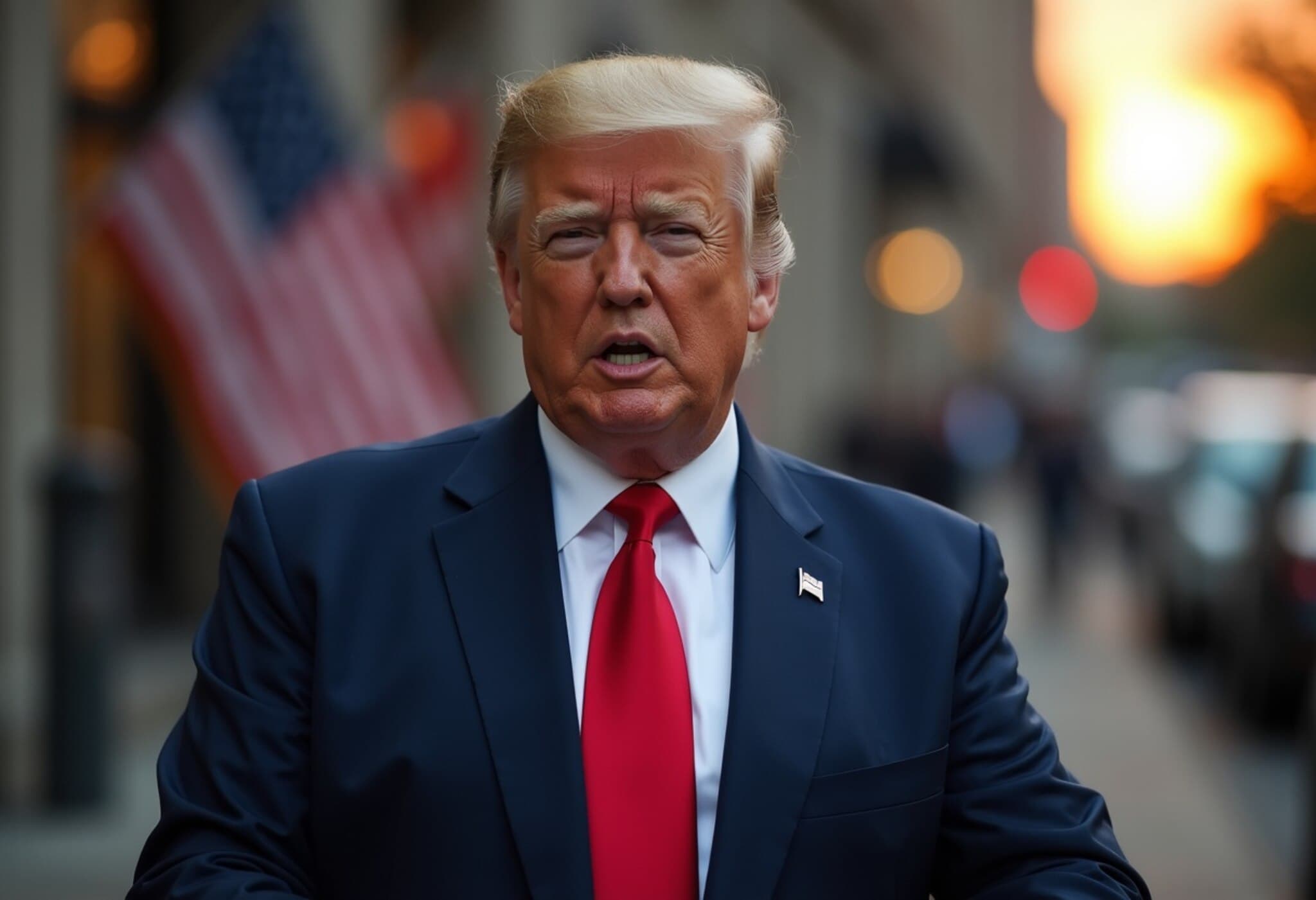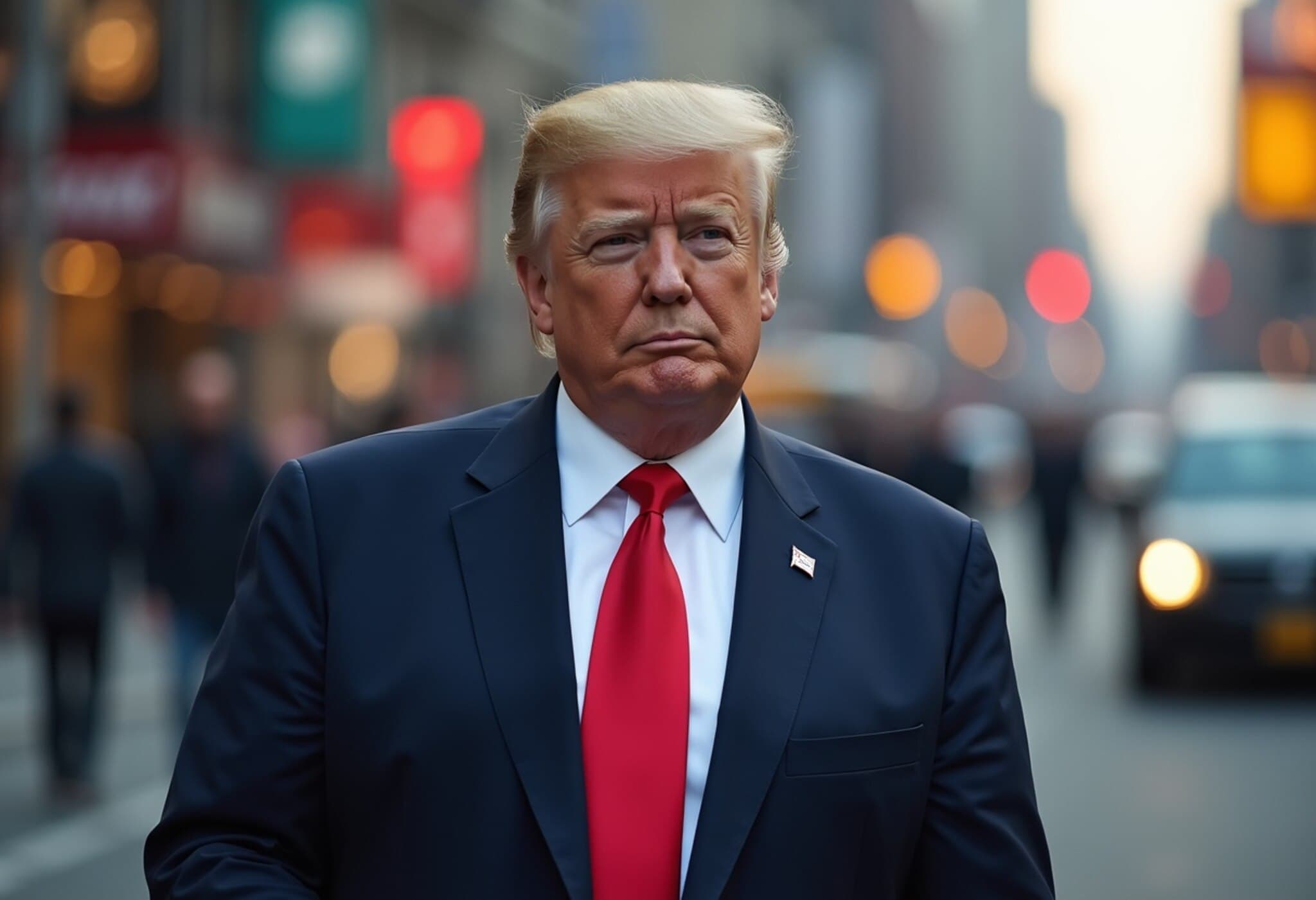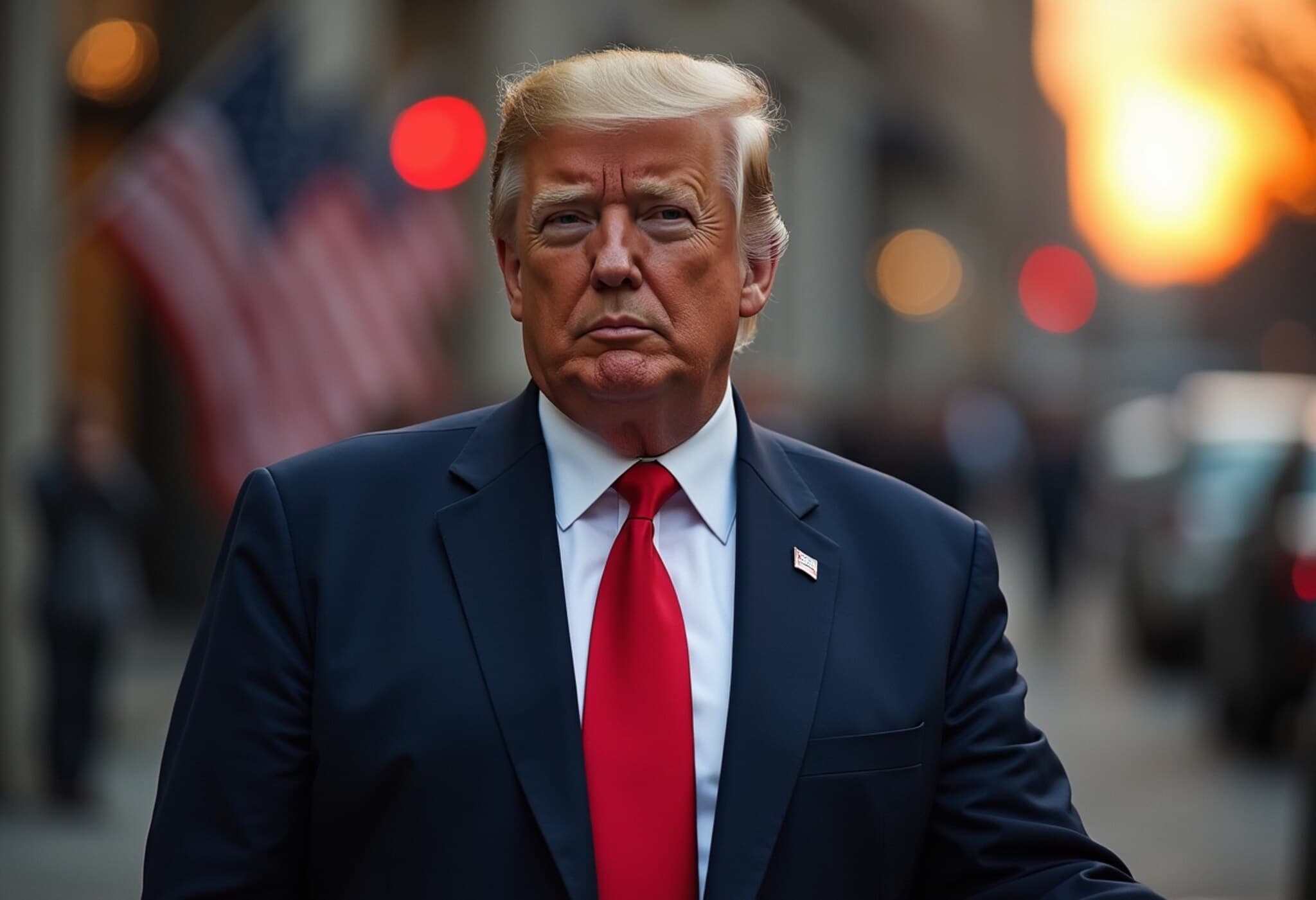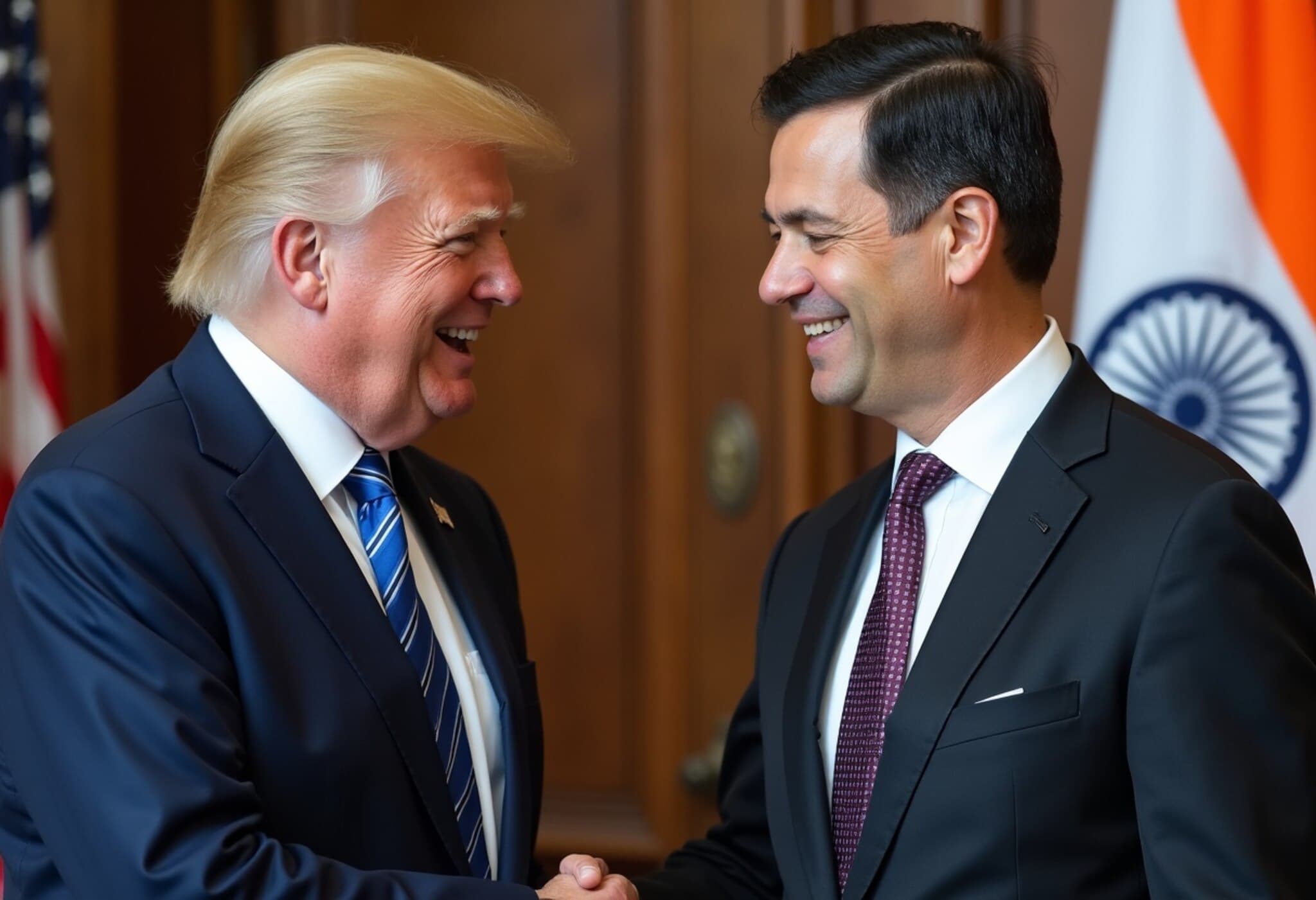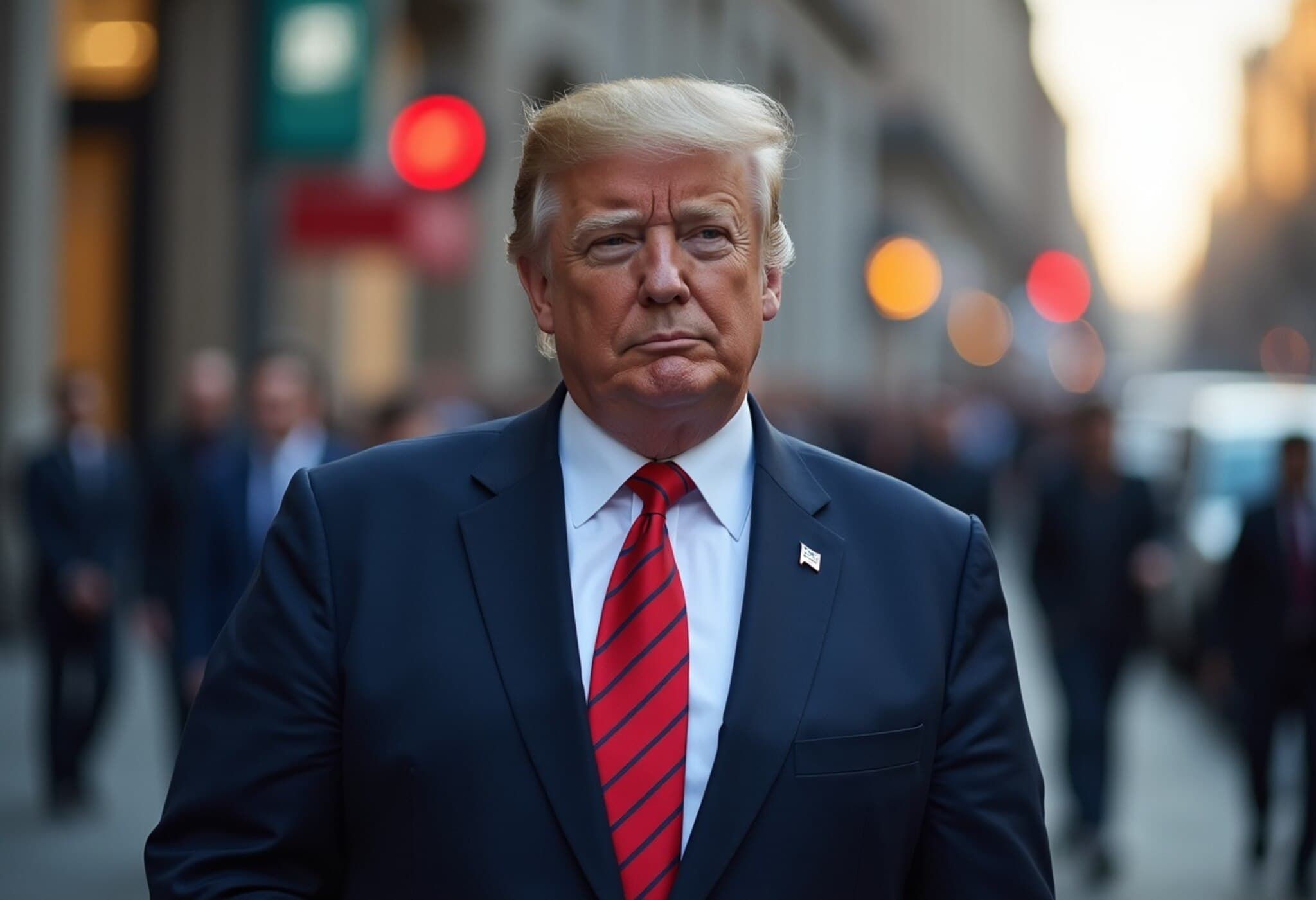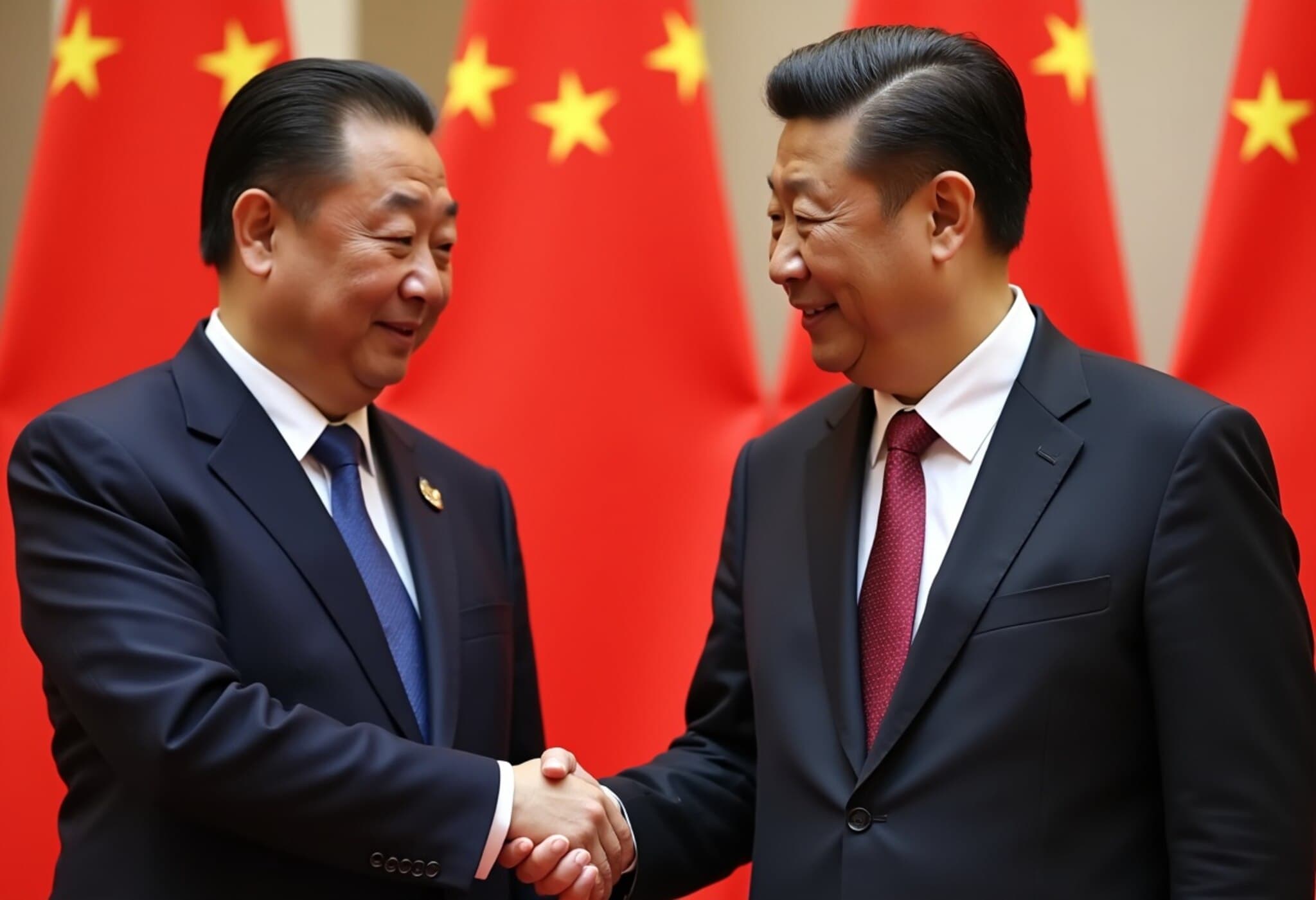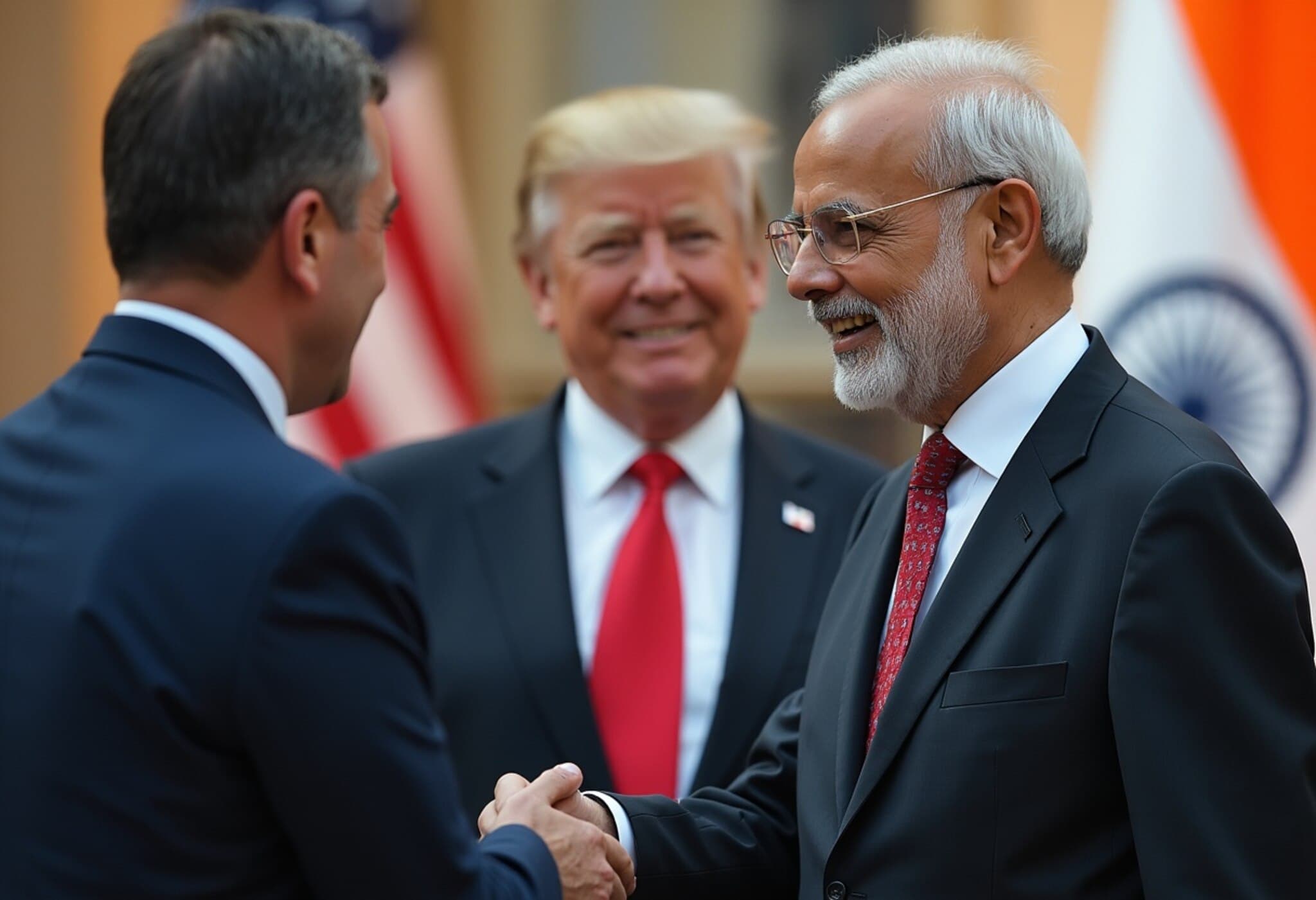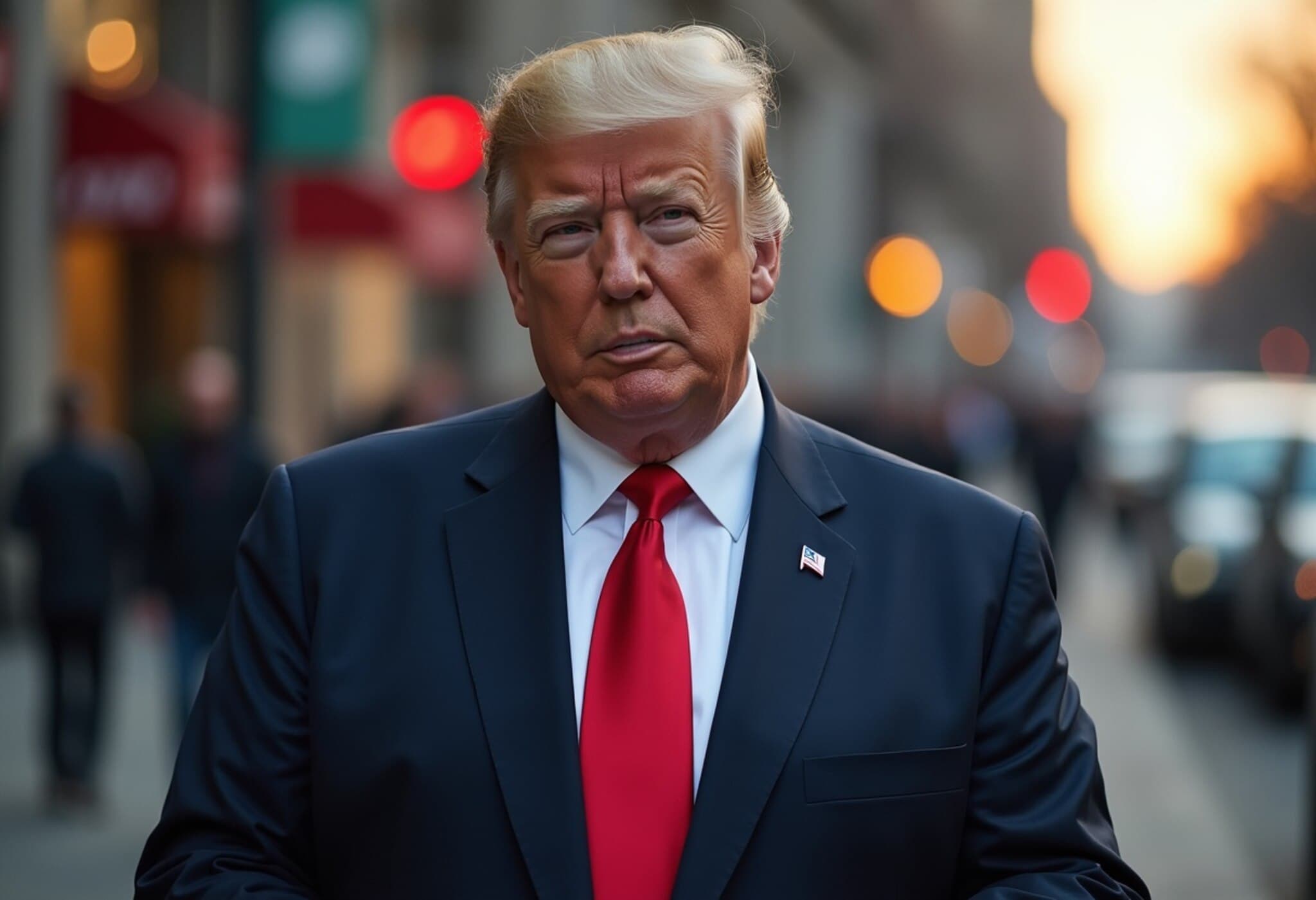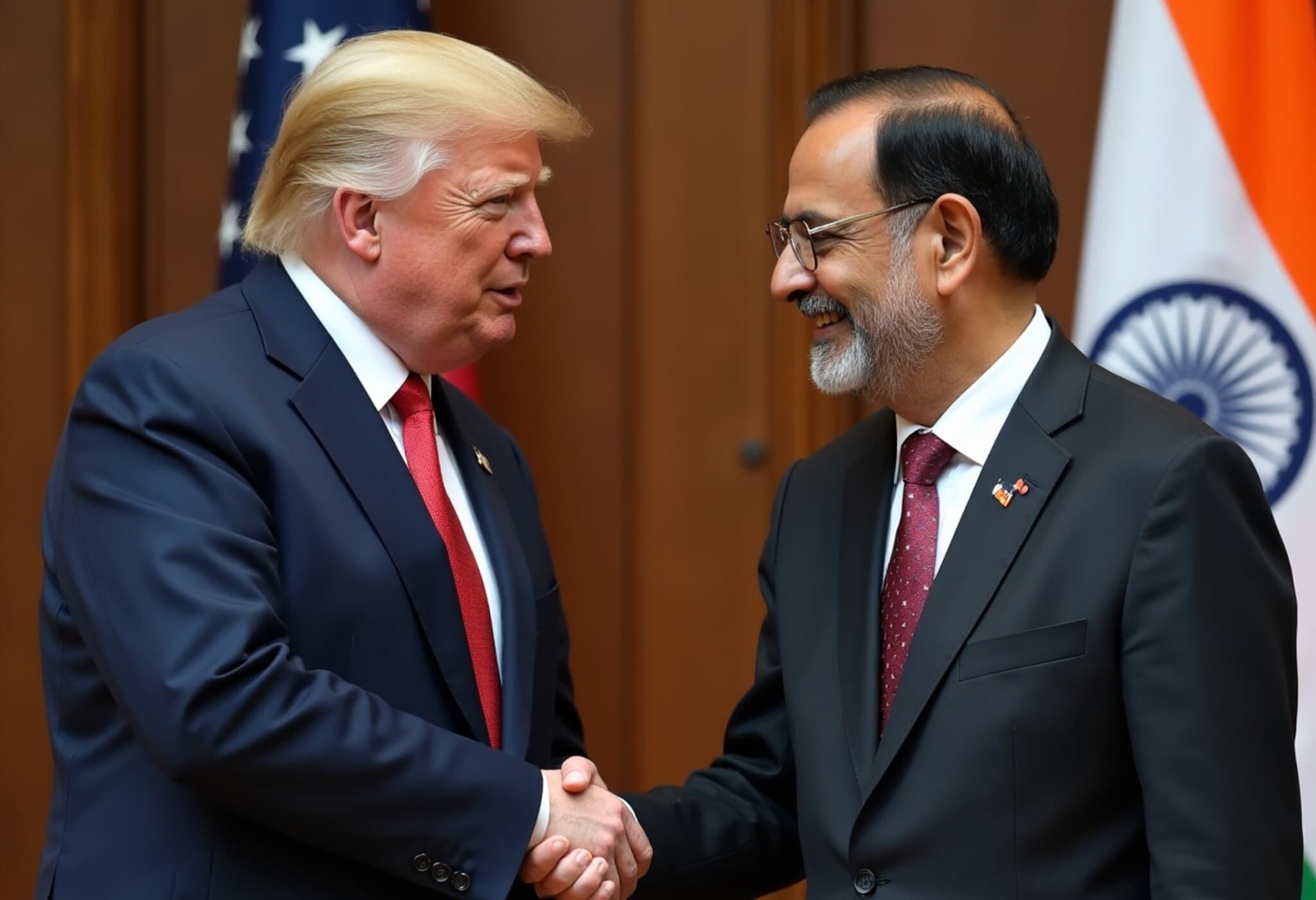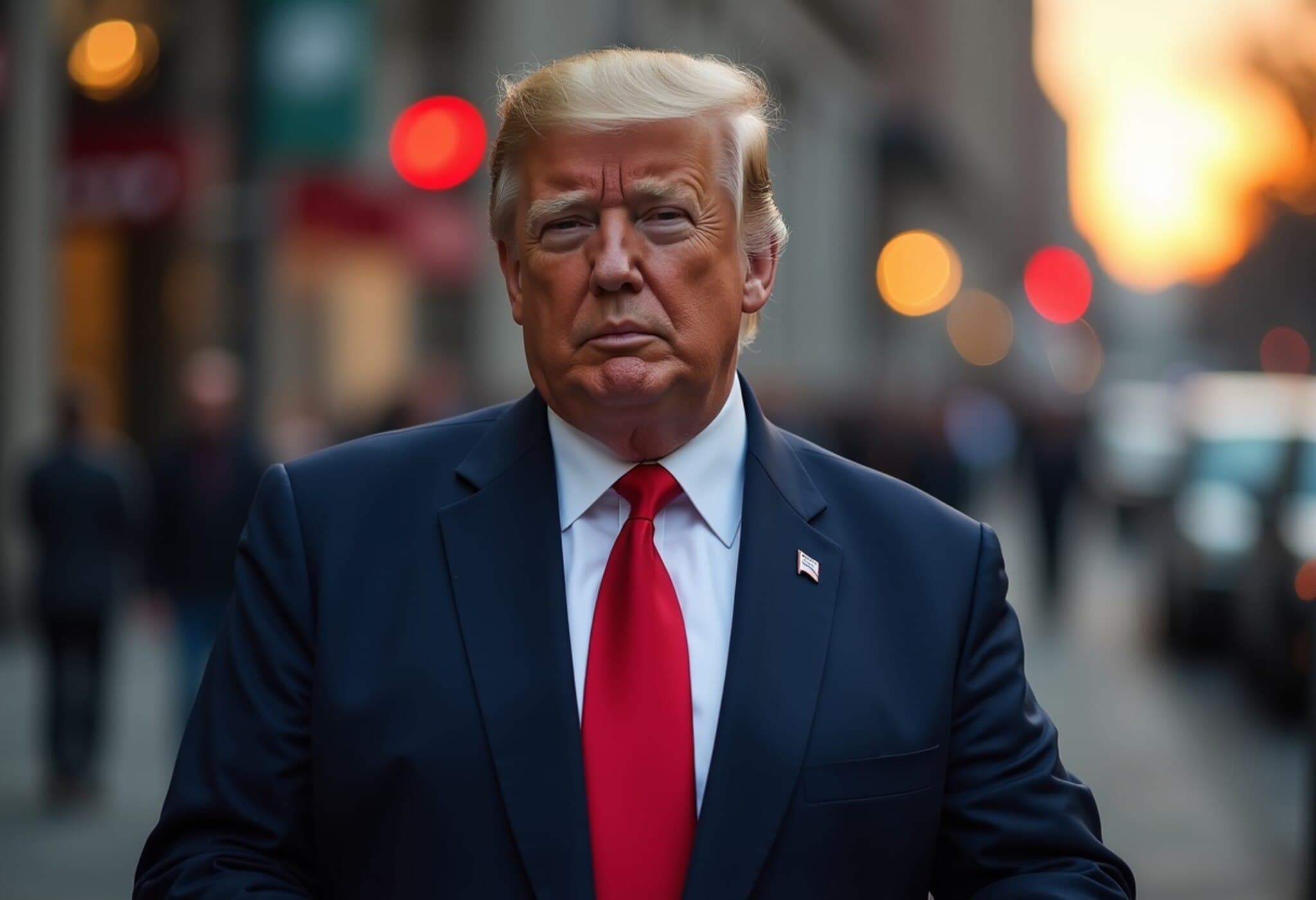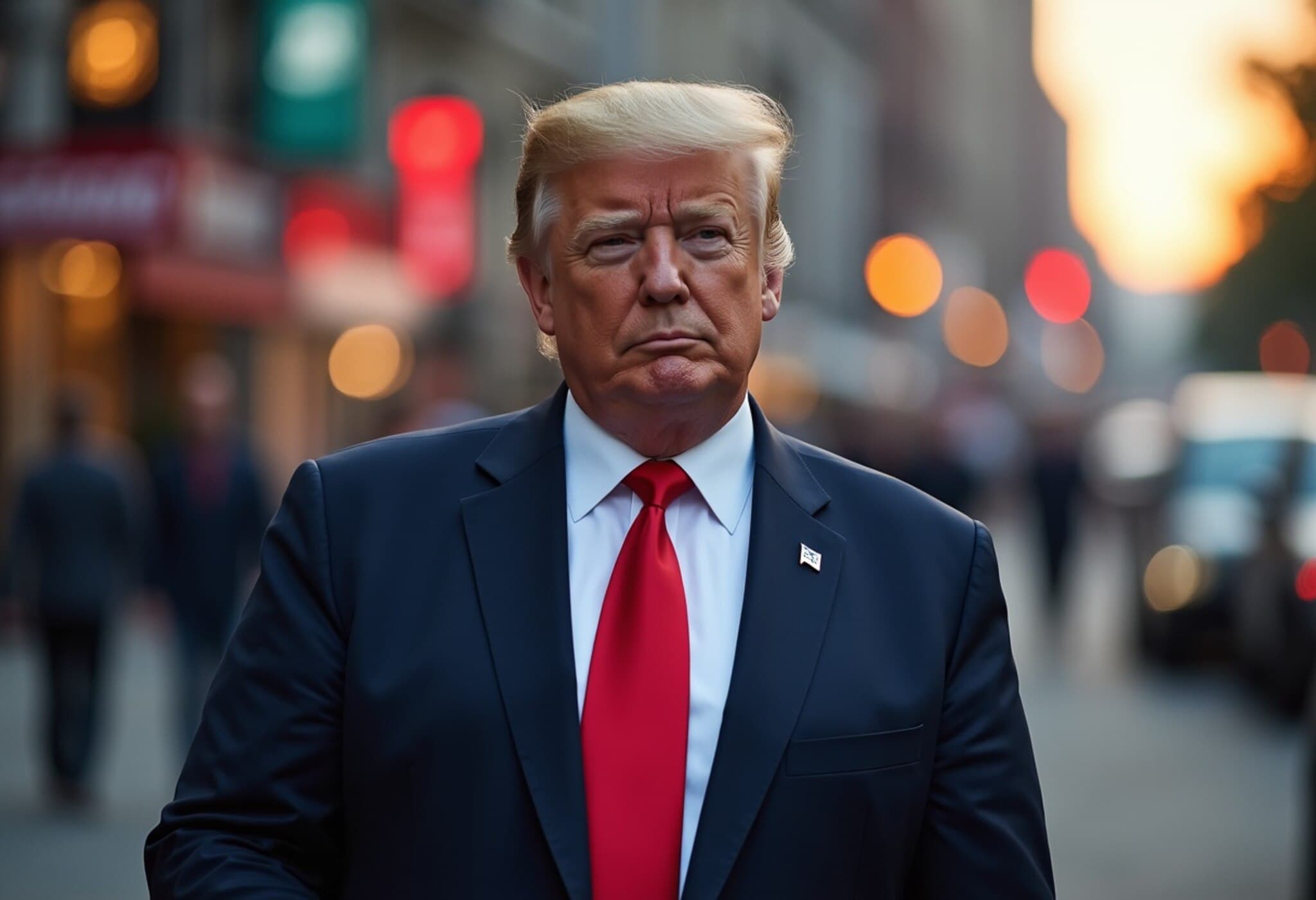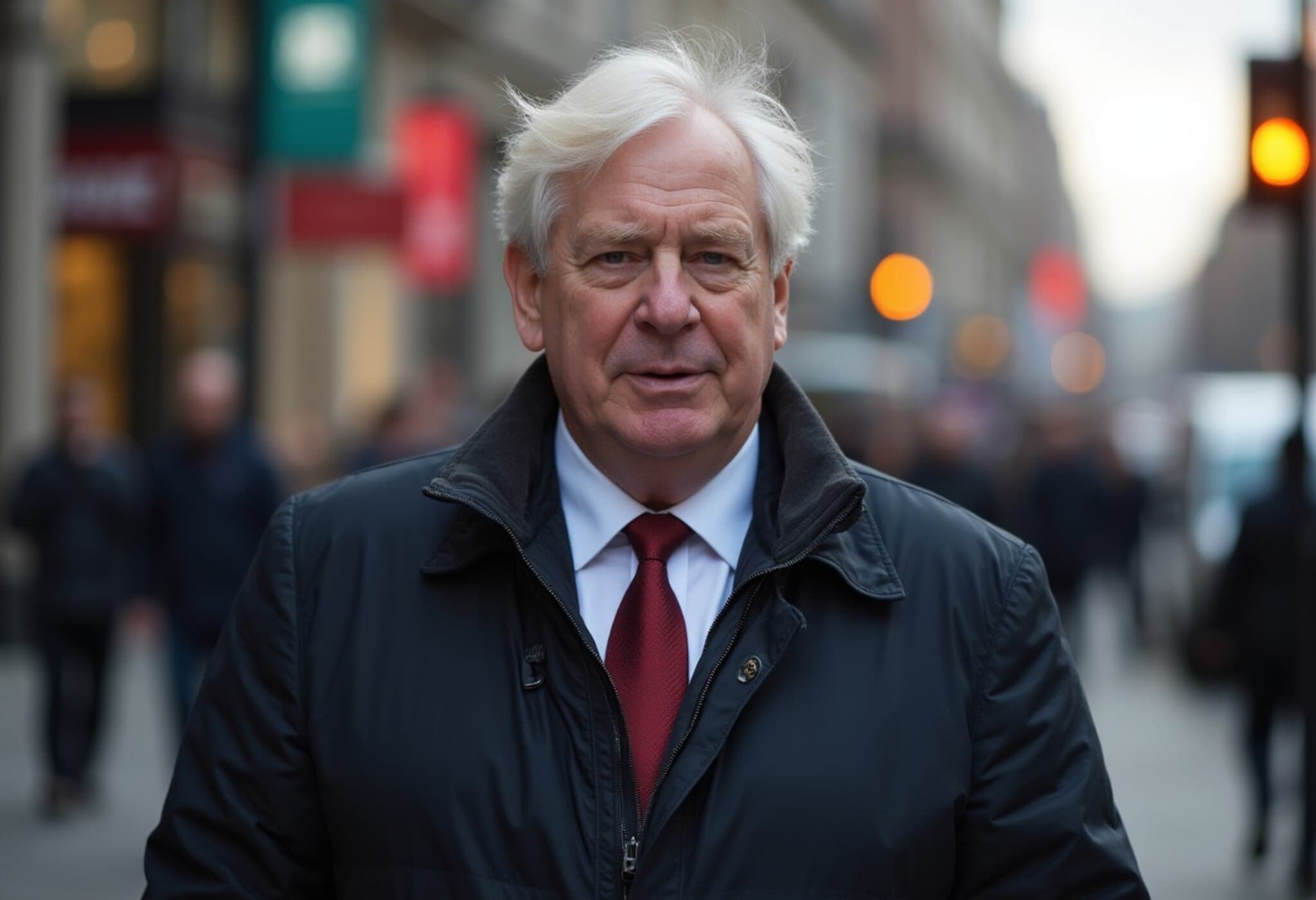Fragile U.S.-China Tariff Truce Faces Uncertain Extension Amid Rising Tensions
As the looming expiration of the 90-day tariff truce between the United States and China draws near, uncertainty clouds the future of bilateral trade relations between the world's two largest economies. After a promising face-to-face meeting in Stockholm last July, Beijing anticipates an extension of the tariff pause, hoping for a stable platform to advance negotiations. Yet, with little indication from the U.S. side—especially from President Donald Trump—questions swirl over whether the fragile peace will hold or if new trade hostilities will flare.
This critical truce, agreed to in May 2025, rolled back some of the most punishing tariffs imposed during the previous years, such as stepping back from a staggering 145% duty rate on selected imports. It also halted fresh punitive measures, creating a pragmatic breathing space for dialogues aimed at a sustainable trade deal. The current pause is set to expire imminently on Tuesday, creating a diplomatic crossroads.
Trump’s Ambiguity and Strategic Calculations
U.S. negotiators have effectively deferred the decision to President Trump, whose silence on extending the truce has sparked concerns among trade analysts and business leaders globally. Without clear signals, market participants are bracing for volatility that could impact supply chains, investment flows, and commodity prices.
Ian Bremmer, president of Eurasia Group, situates the tension in the broader geopolitical and economic realignment. He cautions, “While a summit between Trump and Xi Jinping in Beijing appears likely in the coming months, stability does not equate to warmth.” Bremmer underscores that the U.S. and China are structurally moving toward economic decoupling, shaped by competing trade policies, security concerns, and nationalist economic agendas.
Trade Data Reflects Lingering Strain Despite the Truce
Despite the temporary tariff relief, trade volumes reflect persistent strain. China's exports to the U.S. contracted for the fourth consecutive month, indicating that underlying frictions have yet to be resolved. July figures reveal a 12.6% drop in total shipments to the U.S. this year, a significant shift that economists warn could dampen China's export-driven growth. Meanwhile, exports to Southeast Asia have surged by 13.5%, fueling suspicion over 'transshipment'—a workaround tactic that diverts goods through third countries to evade tariffs.
Experts caution that the suspension of this route might impact China's export strategy severely. The Trump administration is reportedly preparing a sweeping 40% tariff on goods routed through third countries, though uncertainties remain around the exact definitions, leaving exporters and importers navigating a complex and opaque regulatory landscape.
Prospective Trade Deal: Renewed Purchase Commitments and Tech Considerations
Observers closely monitor possible frameworks for a trade deal. One plausible scenario is a refreshed version of the landmark “Phase One” agreement reached under the previous administration, in which China committed to boost purchases of U.S. goods, especially in energy, agriculture, and technology sectors.
Julian Evans-Pritchard, head of China economics at Capital Economics, points out that the deal could emphasize increased U.S. exports of semiconductors and chipmaking equipment—a contentious issue given ongoing export controls and national security concerns. China’s soybean imports have already seen substantial growth (+36.2%, +10.4%, +18.4% in May through July), signaling at least partial compliance in agricultural sectors.
Semiconductor Export Controls and National Security Debates
Trade tensions extend beyond tariffs, spilling into high-tech export controls. The U.S. recently rolled back restrictions on NVIDIA’s H20 chip sales to China, an action experts describe as a modest tactical adjustment rather than a strategic policy overhaul.
The debate in Washington is polarized, with national security advocates warning that advanced U.S. chips could bolster China’s military and artificial intelligence capabilities. On the other hand, critics argue that stringent controls might accelerate China’s push for self-reliance, potentially eroding American technological leadership in the long term.
Recent reports indicate that Chinese officials are lobbying for eased restrictions on high-bandwidth memory chips, recently banned under the Biden administration's 2024 policy update. Intriguingly, U.S. chipmakers are now reportedly required to surrender up to 15% of revenue from chip sales to China as a condition for export licenses—an emerging monetization of trade policy that, as analyst Stephen Olson notes, “ushers in a dangerous new era where companies pay for government permission to export.”
Rare Earth Elements: Beijing’s Strategic Leverage
China's dominance in rare earth minerals, essential for electronics, renewable energy, and defense tech, provides another critical bargaining chip. Following intensive negotiations, Beijing has promised to expedite licensing for rare earth exports and increase shipments, though precise details remain opaque.
Data from June shows a striking 60% surge in China’s global rare-earth exports, hitting levels not seen since 2012, before a slight cooldown in July. American imports of rare-earth magnets from China spiked by 70% in June, spotlighting the strategic importance of these materials to U.S. industries.
Secondary Tariffs Over Russian Energy Imports Complicate Talks
Adding complexity is Trump's threat to impose punitive tariffs on China over its continued purchases of Russian crude oil—part of a broader effort to deter indirect support of Moscow amid the enduring Russia-Ukraine conflict.
China remains the largest buyer of Russian oil, with July imports reaching nearly $10 billion, though overall volumes dipped 7.7% compared to the previous year. When asked about potential tariffs on China, Trump hinted at forthcoming punitive measures but stopped short of definitive commitments.
Notably, President Xi Jinping’s recent urgent phone call with Vladimir Putin—made during his annual summer break—signals close Sino-Russian consultation amidst tense U.S.-China relations. Analysts like Neo Wang from Evercore ISI see this communication as part of a delicate geopolitical chess game, meant to complicate Trump’s negotiating position.
Looking Ahead: Summit Prospects and Global Implications
While an extension of the tariff truce remains uncertain, many experts expect a high-profile summit between Presidents Trump and Xi in Beijing in the months ahead. Such a meeting would signify cautious progress, yet deeper structural challenges—ranging from technology controls, national security priorities, to geopolitical alliances—are unlikely to evaporate any time soon.
The stakes of this evolving trade dynamic extend far beyond bilateral economics; they shape technological innovation flows, global supply chains, and the broader international order at a time when the world yearns for stability amid fragmentation.
Key Considerations Moving Forward:
- Can the U.S. and China craft a balanced deal addressing critical sectors such as semiconductors and energy without compromising security concerns?
- How will new tariffs on transshipped goods reshape global supply chains and trade fabric?
- Will rare earths become an effective bargaining chip or a flashpoint for deeper conflict?
- What role will geopolitical alliances, especially relating to Russia and Southeast Asia, play in future negotiations?
Editor’s Note
The approaching expiration of the U.S.-China tariff truce represents more than a mere trade deadline; it underscores a fundamental tension in a relationship defined by competition, cooperation, and strategic rivalry. While officials from both sides remain cautious optimists, the silence from the White House leaves markets and policymakers anxious. The intertwined issues of trade, technology, and geopolitics demand nuanced, forward-thinking diplomacy. Observers and stakeholders alike should watch closely as decisions in the coming weeks could recalibrate global economic alignments with enduring consequences.


